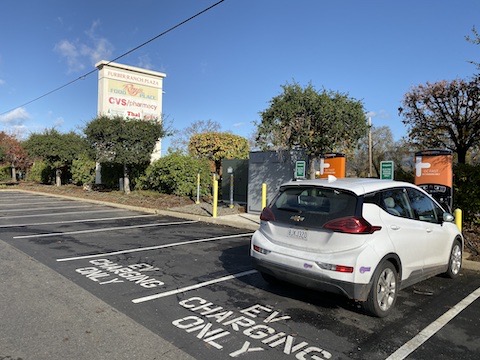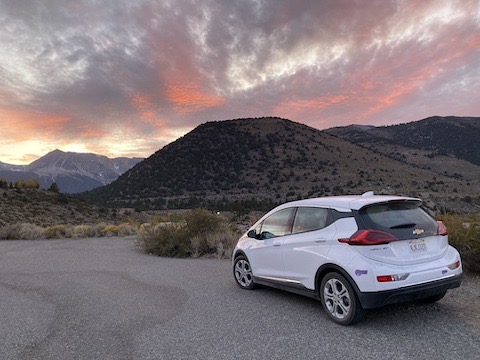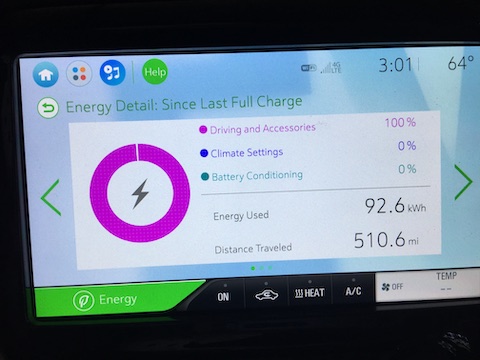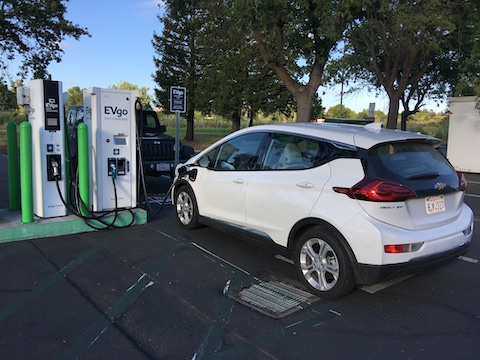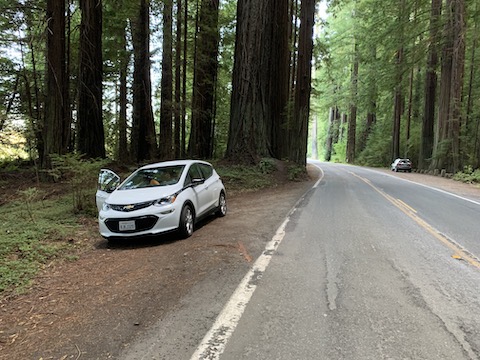
(This is the first of a series of posts on the 2019 Chevy Bolt I bought in March of 2019. As of this writing, I have driven almost 20,000 miles on the car and am still quite liking it)
When I went car shopping in March of 2019, I was looking for an affordable, fun electric vehicle with sufficient range to cover my daily commute and weekend trips under 200 miles. This would essentially replace the 1997 Honda Del Sol that was my daily driver. The Del Sol, a small, fun and 2-seater with a targa top, returned a surprisingly high 30MPG in my local driving, but at 280,000 miles and $2,000/year in gasoline costs, I was starting to itch for something newer and less thirsty.
Now until late 2016, battery-powered Electric Vehicles (BEVs) came in two flavors: large, expensive luxury vehicles with reasonable range (>200 miles range, >$60,000) and smaller, affordable limited-range vehicles (50-110 miles range, $20,000-$35,000). This all changed in 2016. Firstly, Tesla announced in March that their Model 3 luxury sedan would arrive in the next year, with a $35,000 price tag and a >200 mile range. Even though the vehicle wouldn’t be available for another year, it garnered a lot of attention. Secondly, in December General Motors actually shipped their second BEV, the Chevrolet Bolt hatchbac, which they had announced in February 2015, with an EPA-estimated range of 238 miles and a $37,500 price (before rebates).
As you might imagine, most people when offered a choice between getting a Chevy hatchback and a Tesla luxury sedan for a similar price, opted for the former. The Tesla promised autopilot, an excellent fast-charging network and frequent updates. The Bolt simply claimed to be good transportation. The combination of features and tech cachet meant that Tesla racked up 500,000 pre-orders before the first Model 3 shipped in July 2017, and it wasn’t until mid 2019 that the $35,000 version of the Model 3 actually became available. (In fact Tesla went so far as to hide the lowest-priced Model 3 – since June 2019 it could only be ordered by phone – it is not shown on their website.). Meanwhile GM has sold Bolts at a modest rate of 1,500-2,000/month since introduction.
Continue reading →


